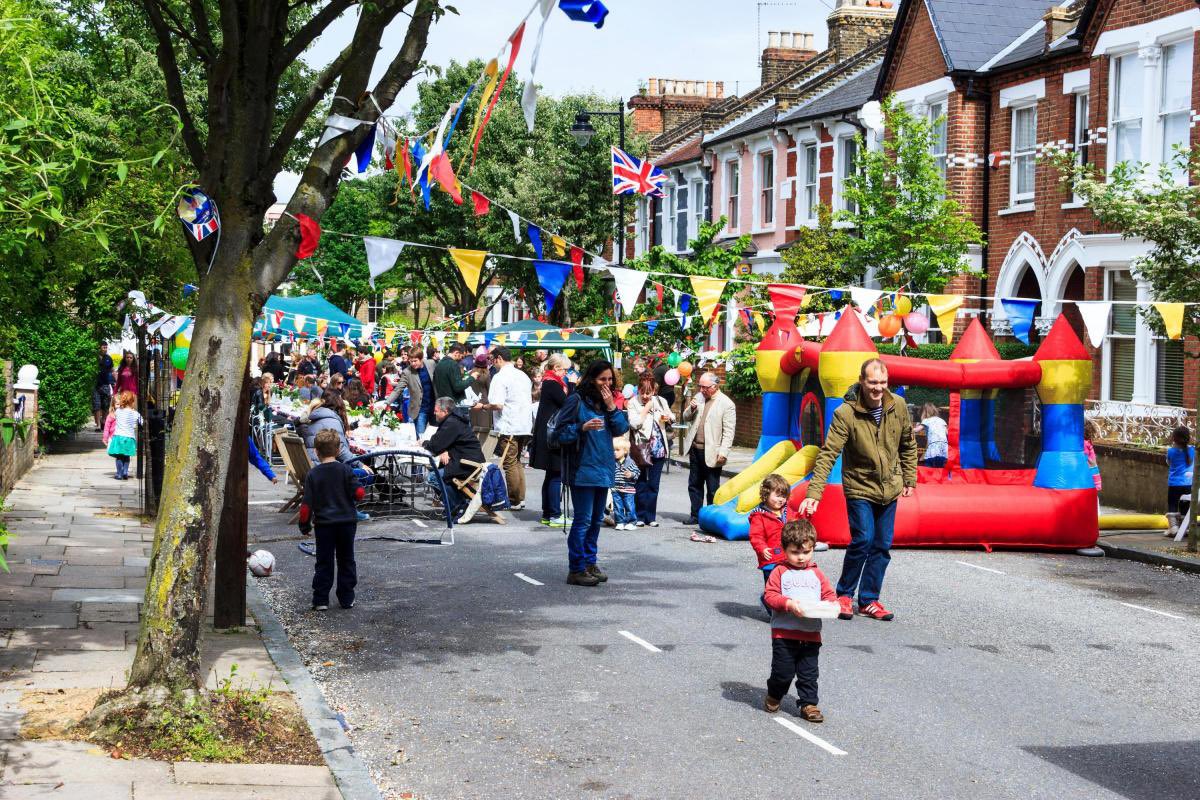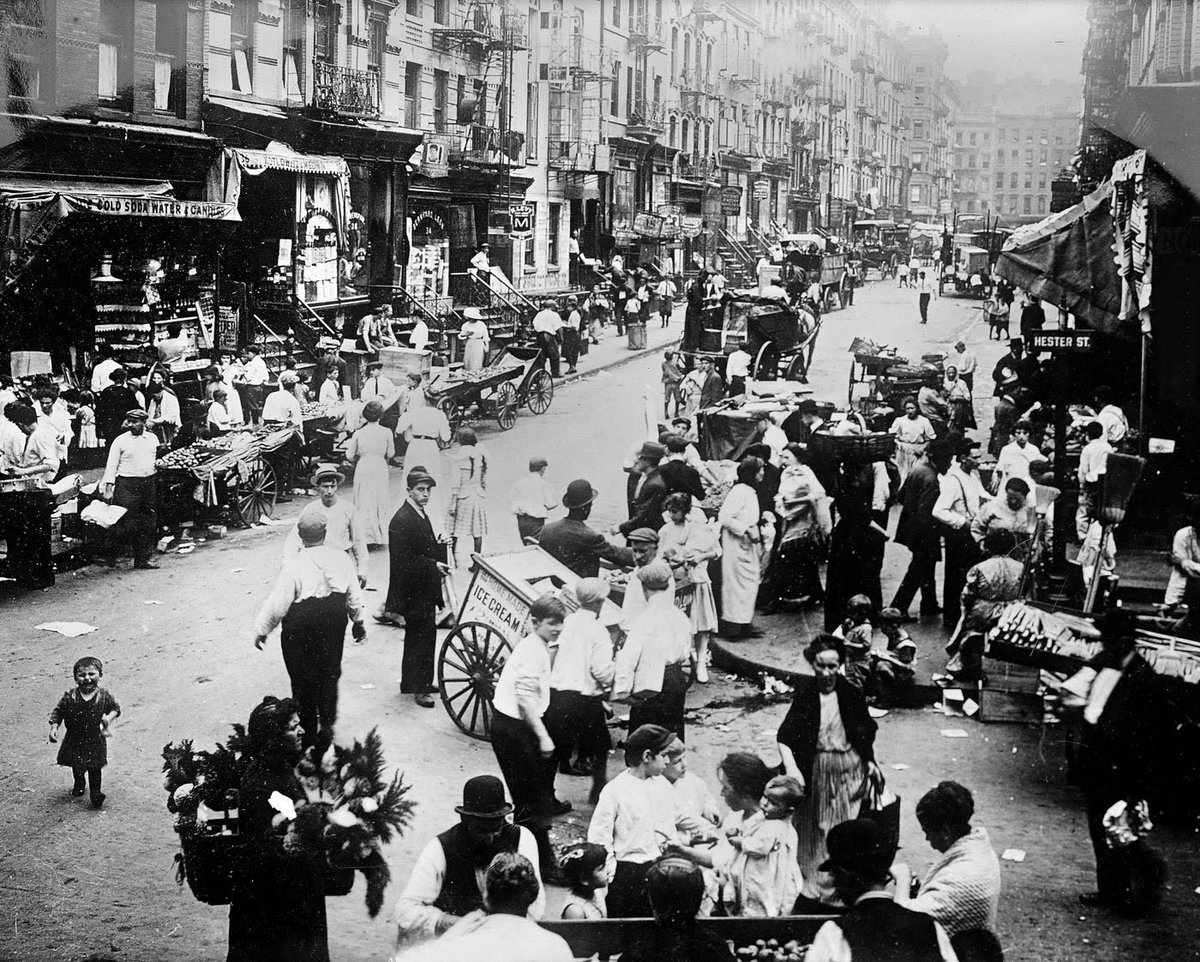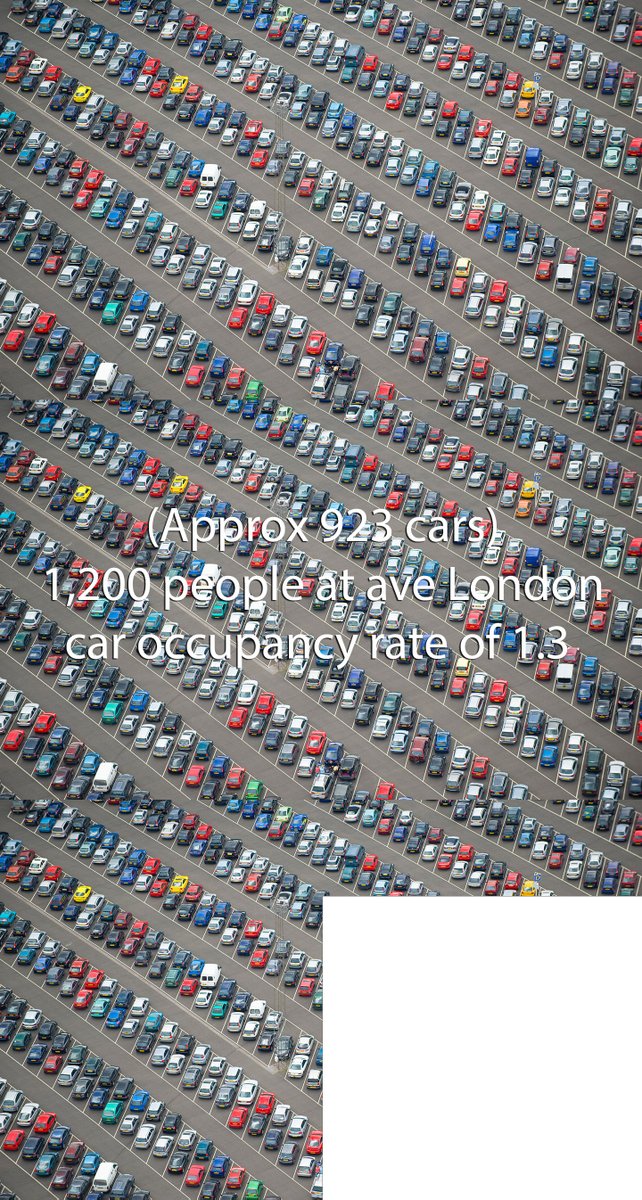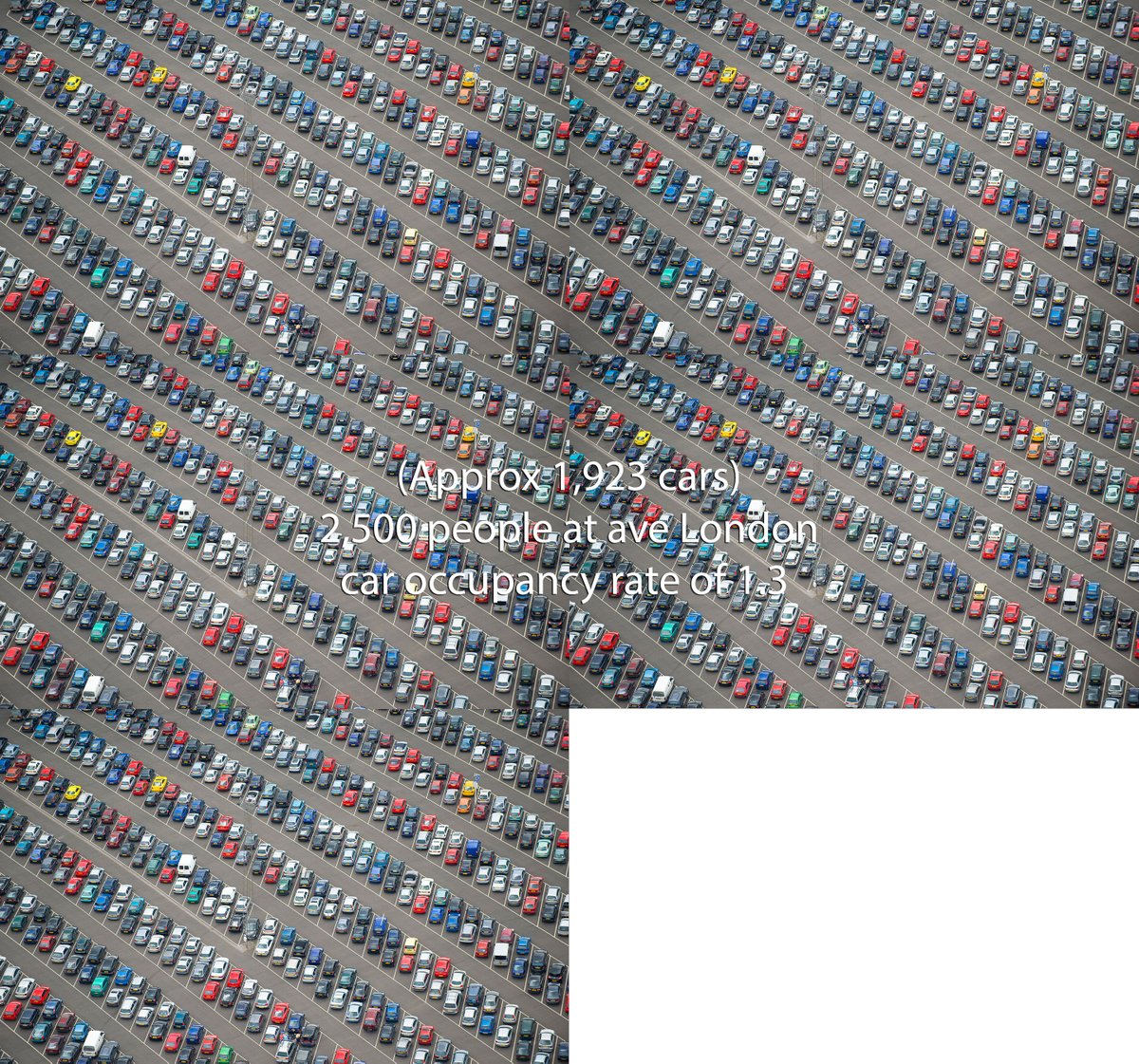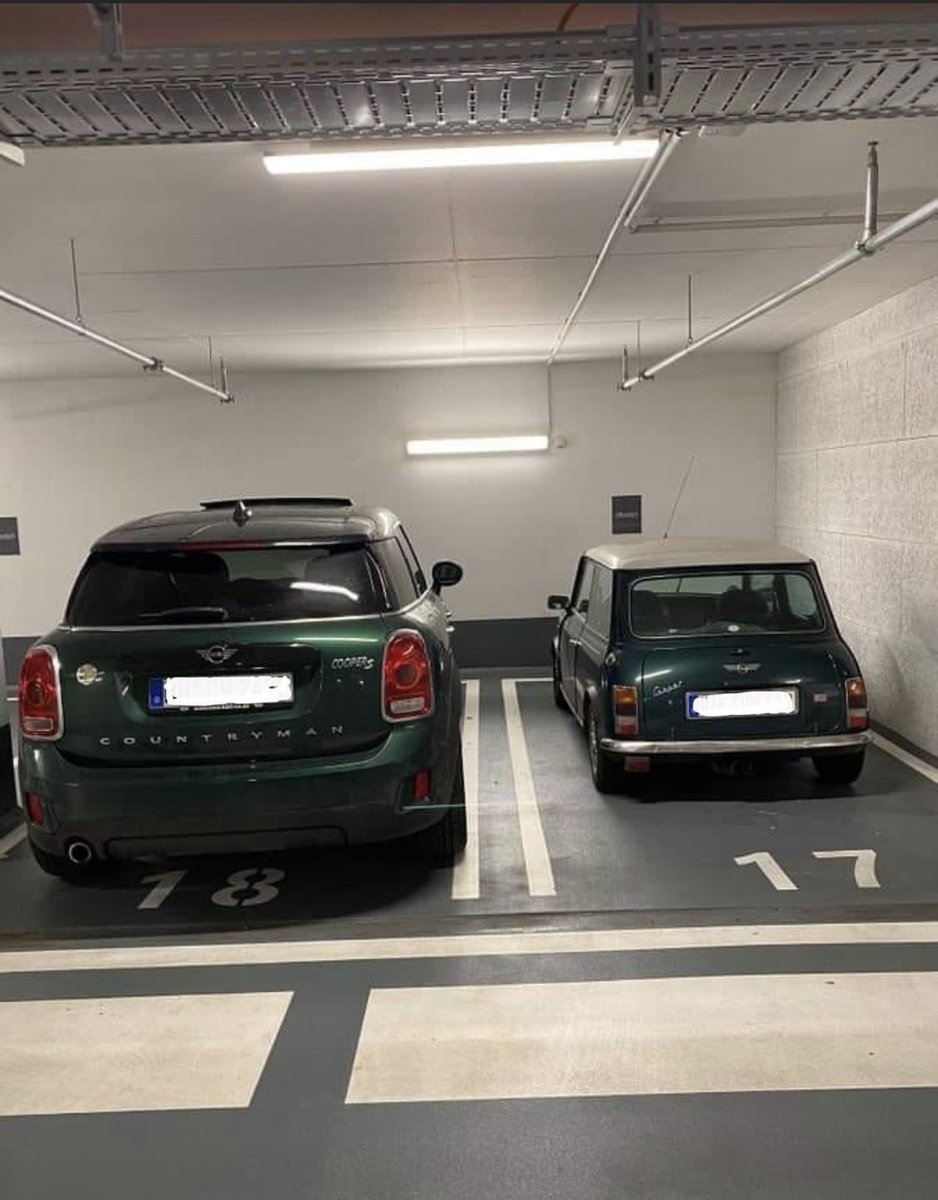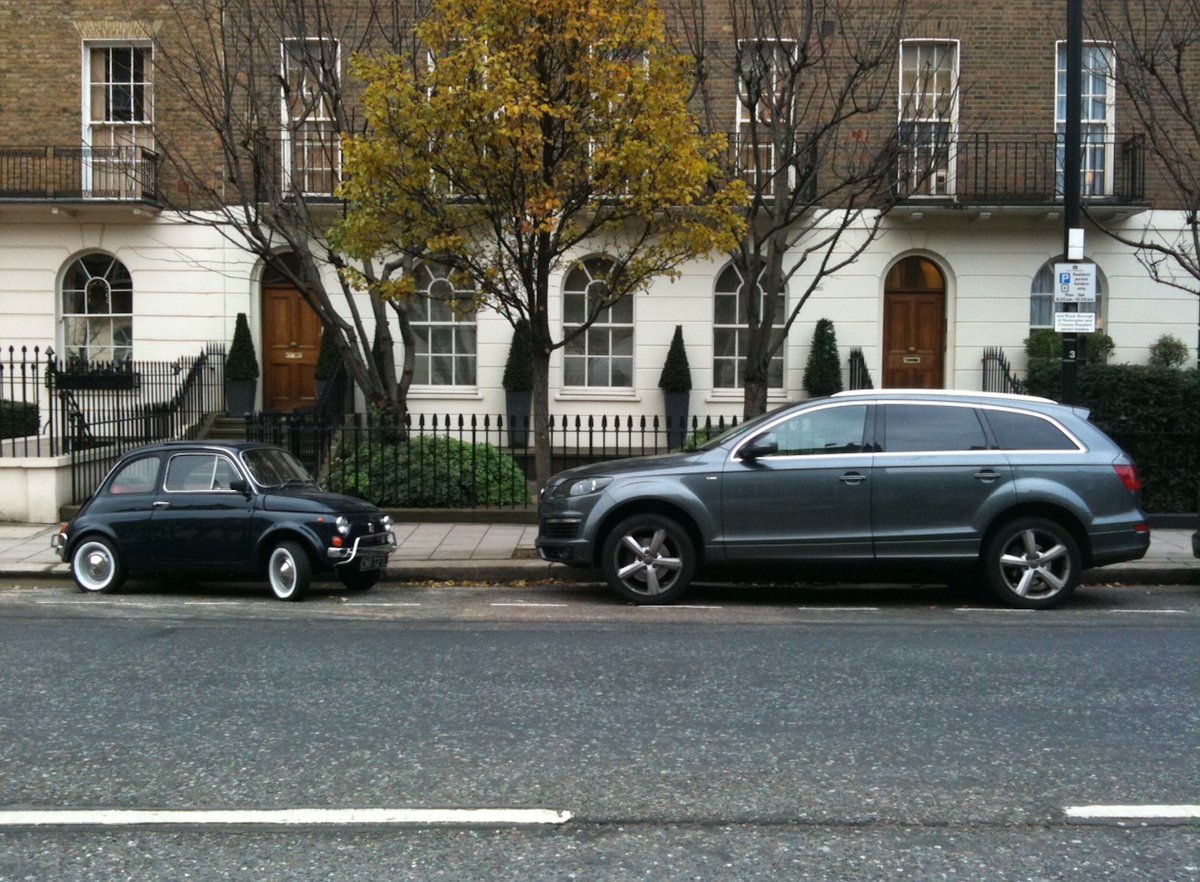THREAD (1/10) The Telegraph report that London Ambulance staff logged 159 occasions in 8 months where LTNs delayed them. This isn’t ideal but let’s put it in the context of other 999 delays.
Widely normalised traffic congestion held up London Fire Brigade *8,841* times in 2017.

Widely normalised traffic congestion held up London Fire Brigade *8,841* times in 2017.


It was lower in 2020 because of the pandemic but still 5,542 instances because of traffic or roadworks. Plus, over 2,000 each year because they had the wrong address.
When was the last time you saw a headline on “Increased Car Usage and Associated Congestion Cause 999 Delays”?
When was the last time you saw a headline on “Increased Car Usage and Associated Congestion Cause 999 Delays”?
It really comes down to boiling frog syndrome. We’ve accepted without realising that in the last 10 years the number of miles driven on London’s roads each year increased by a 3.9 billion. But when it comes to fast and bold action to tackle this - it shocks and worries us.
You can see the status quo, which we accept without question, here. LTN delays fall under traffic calming and that would be a tiny fraction within the general category of “traffic calming”.
Where’s the outrage on these other delays? Where are the campaigns?
Where’s the outrage on these other delays? Where are the campaigns?
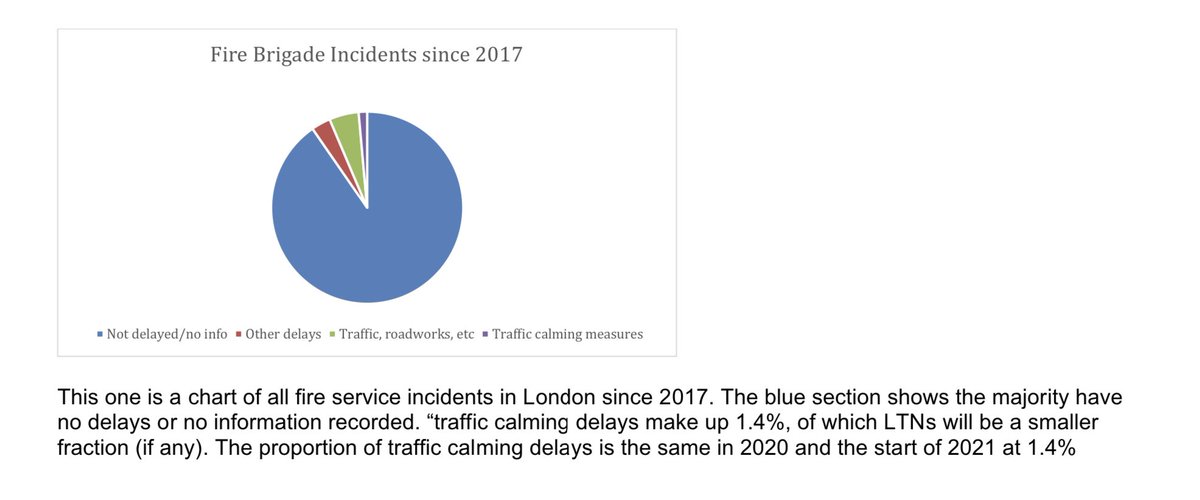
Another issue that gets little media coverage is the fact that London Ambulance Service navigation systems are typically updated only on an annual basis when taken in for servicing. Rectifying this could have a transformative effect on efficiency as a lot of crews are not local.
But, like with many of these pieces, the LAS confirm it’s in hand and they are being consulted. The quotes are always hidden towards the end - after the paywall in this case. 

A lot of the media coverage comes down to individual dislike by media of the changes or the perceived “war on cars”. The community element of our residential roads make the conflict “exciting” to press. And articles like this result in easy viral shares for Mayoral candidates. 



People’s concerns are natural and should be engaged with - as is happening with LAS and LFB and councils. But the disproportionate coverage given to these issues is most likely to come down to salience, as @peterwalker99 explains here. theguardian.com/environment/bi…
Finally, here’s the source data for LFB: data.london.gov.uk/dataset/london…
Also: The London Ambulance Service gets around 6,000 calls per day. Across 8 months that’s approximately 1,440,000 calls. 159 occasions represents 0.01% of calls. Here’s a handy chart for that. 

• • •
Missing some Tweet in this thread? You can try to
force a refresh














